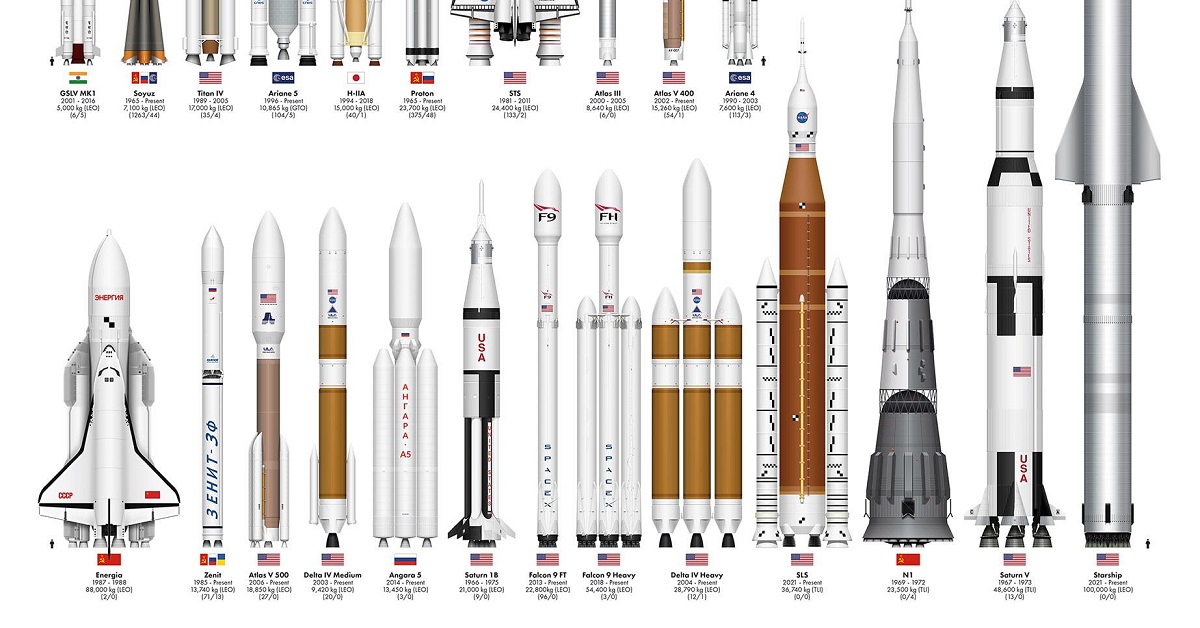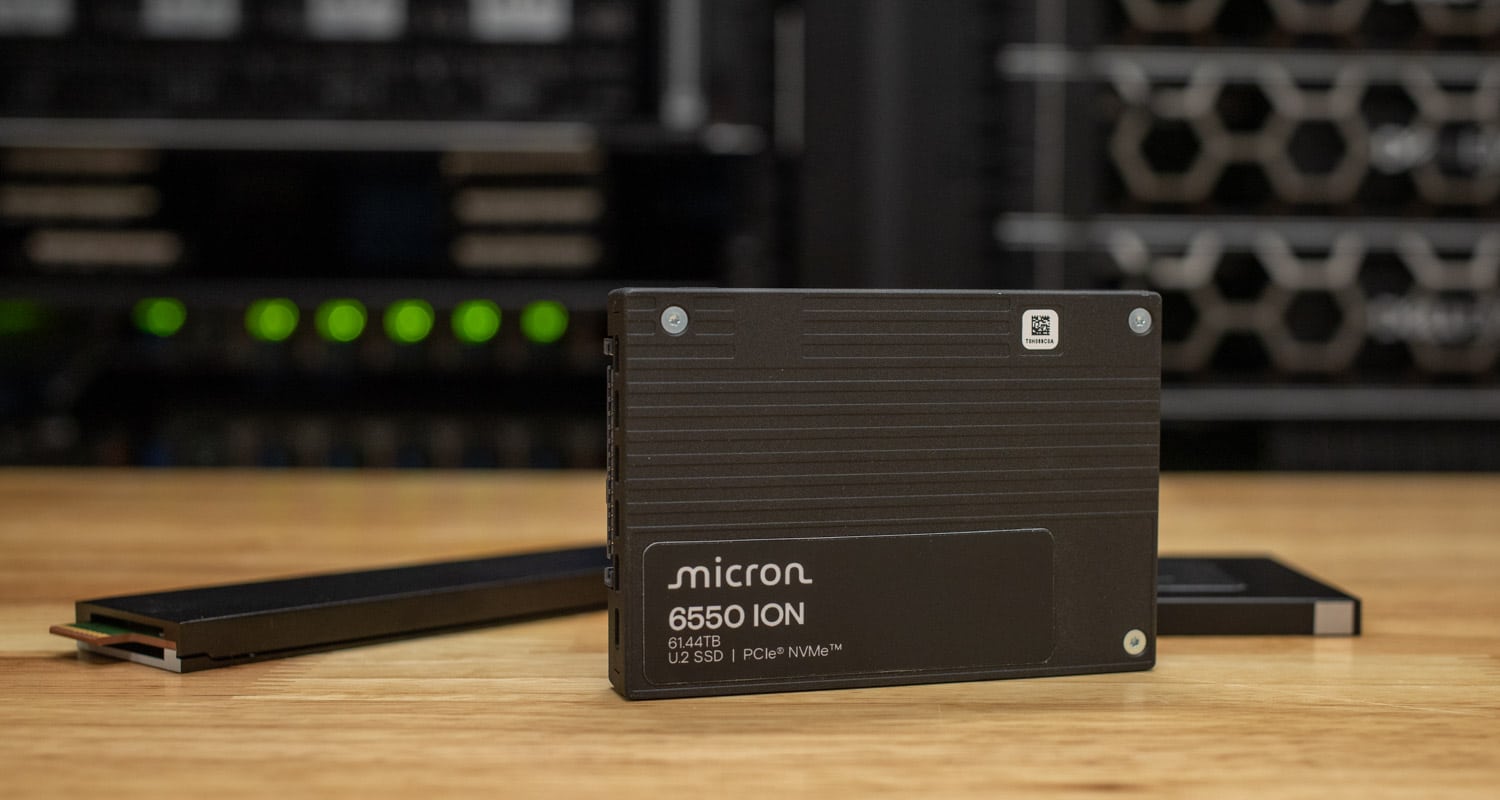New 'spectral fingerprint' atlas of satellites aims to improve space security
Graduate students David Cantillo, left, and Adam Battle, right, with the RAPTORS-1 telescope in the Kuiper Building on the U of A campus. Battle used the telescope to observe geostationary satellites that are included in the spectral atlas.
University of Arizona researchers have created the first astronomical equivalent of a fingerprint database for satellites, a critical first step toward easily identifying human-made objects in the increasingly crowded geostationary orbit.
This database, or spectral atlas, includes 96 satellites in the geostationary orbit, or GEO – home to satellites used for communications, imaging, navigation and other purposes – that are visible from Tucson.
Adam Battle, a Ph.D. candidate in the U of A Lunar and Planetary Laboratory supported by the Space4 Center, led the research, which was published Tuesday in The Planetary Science Journal.
The average life span of a satellite in GEO is about 15 to 20 years, after which they are maneuvered into a higher, graveyard orbit where they remain as space junk.





















